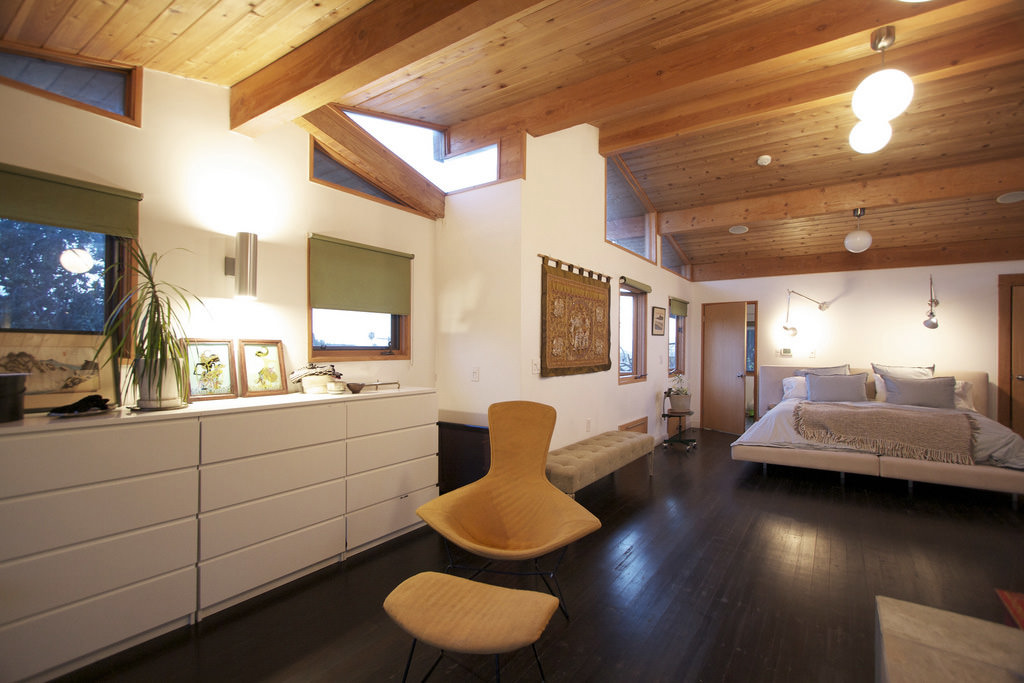Looking for a new, fresh countertop?
Picking the right material, color, and design gives your kitchen or bathroom an instant facelift. When it comes to choosing the right thickness for those granite countertops, however? Not quite as exciting!
It is often not a priority decision but choosing the right slab thickness is vital as it affects every aspect of the installation and long-term reliability of your new counters. Let us explain how to pick the perfect thickness for your granite countertops—and why it’s so important
The Basics
Traditionally, granite countertops are available in two options: two centimeters and three centimeters-thick.
And while a centimeter difference may not seem like much, everything from the installation, short-term price, long-term value, and overall strength are impacted by this one decision.
Here’s what you need to know:
Strength
We’ve all done it: leaned against the kitchen counter while reading a recipe or propped our child on the edge to tie his shoe.
Kitchens are the busiest rooms in our home, and our counters should be up to the challenge.
But the truth is, a two-centimeter granite slab can’t handle as much pressure (eek!) as its thicker counterpart. This is especially true around narrow cuts such as in front of a sink. While three-centimeter counters are strong enough to support their own weight when being installed, two-centimeter slabs have to be installed on top of plywood decking to boost its strength and resistance. When scrutinized the plywood is in fact visible from underneath the top. Your guests are unlikely to notice it but you will. Just reaching underneath your two-centimeter laminated top you will be able to feel the plywood support as opposed to polished stone.
Meanwhile, three-centimeter countertops can withstand an overhang of up to a foot, which makes for an ideal, casual eating area.
Price
The more material you use, the higher the cost, right? Well, with granite countertops, this isn’t entirely true.
Sure, three-centimeter slabs are technically more expensive than two-centimeter slabs…if you’re only paying for the material alone; however, the installation is simpler, the fabrication costs remain the same, and handling requires a less strenuous attention—as two-centimeter slabs are more delicate.
So, what does this mean? At Primera, the cost of 3cm slabs are about the same as 2cm slabs.
Long-Term Value
Three-centimeter granite countertops are, ultimately, more valuable in the long-term. The material is stronger and has a sleeker aesthetic, as the profile can be fabricated with more detail.
That’s not to say two-centimeter slabs can’t be fabricated; in fact, they often are. But this is only made possible with the process of lamination, another point off the two-centimeter slab’s value.
Here’s why:
Two-Centimeter Slabs and Lamination
Laminate treatments are used frequently on two-centimeter granite countertops. This process involves applying a thin strip of the same material under the entire border of the countertop (think of it like a small, upside-down fence).
Lamination essentially makes the countertops look thicker, but the seam between the strip and the counter is noticeable—and the countertop is no stronger because of it.
Here’s the Deal
At Primera, we think it’s a bit silly to charge more for three-centimeter granite countertops when the installation, handling, and the final result is easier, more efficient, and truly gorgeous.
We’ve seen a pattern:
Two-centimeter slabs tend to be more popular. But the slab requires the edge to be laminated, a labor-intensive process—not to mention the seam is visible. The three-centimeter slab, however, requires no lamination and can be completed faster.
Overall, three-centimeter granite countertops simply offer a much cleaner, more contemporary look while proving to be stronger and offer better value as they cost about the same.
So, are you ready for your new granite countertop? Reach out and we’ll give you the look you’ll love and the strength you need, within your budget and on time.
Contact Primera today.




